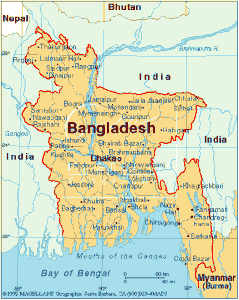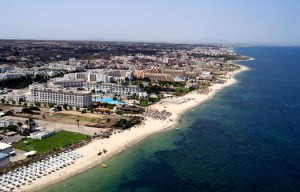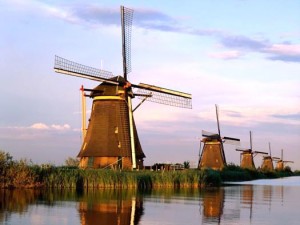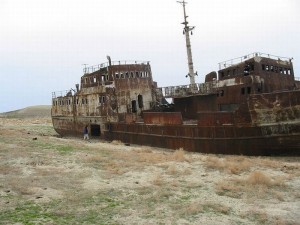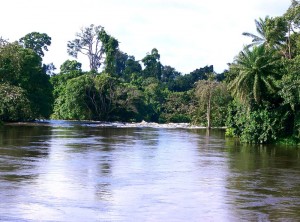- Bangladesh is situated in the deltaic plain formed by three large rivers – the Ganges, the Brahmaputra and the Meghna. The combined total catchment of about 1.7 million km2 extends over Bhutan, China, India and Nepal. Only about 7% of this huge catchment lies in Bangladesh.
- Most of Bangladesh is low-lying and relatively flat. A network of about 230 rivers, of which 57 are transboundary, forms a web of interconnecting channels throughout the country. Read more
Welcome!
THE SITE POSTS POPULAR ARTICLES, ESSAYS AND OTHER USEFUL INFORMATION ABOUT WATER AS A UNIQUE NATURAL RESOURCE.


Did you know…? Facts and figures about Bangladesh
Category: Facts and figures |
Tags: Bangladesh
Did you know…? Facts and figures about Tunisia
- The predominant climate types are Mediterranean in the north and Saharan in the south. Four climatic sub-regions can be identified: sub-humid in the far north, semi-arid in the northwest and at Cap Bon, arid in the centre and hyper-arid and desert in most of the south. Over 40% of the country lies in the hyper-arid zone. Although average annual rainfall amounts to 220 mm, geographic variation is substantial, with regional averages ranging from 1,500 mm in the north to 50 mm in the far south, in the heart of the Sahara.
- The arid plains that mark the northern limit of the Sahara include many depressions, locally called chotts and sebkhats, which fill with water in winter and dry up in summer. Their water is highly saline. The largest chott, Jerid, is a 500 km2 salt lake. Read more
Facts and figures about the Netherlands
- The Netherlands is located in Western Europe, bordered by Belgium to the south, Germany to the east and the North Sea to the north and west. Geographically, the Netherlands is a flat, low-lying country formed by the estuary of four important European rivers: the Rhine, the Meuse, the Ems and the Scheldt.
- Two-thirds of the country is threatened by flooding. Through history, the country has defended itself against threats posed by water, building dikes and dams, canalizing rivers and reclaiming land from the sea. Today, about 9.6 million of its inhabitants (60% of the population) live below sea level, and about 70% of the country’s GDP is generated below sea level thanks to a 3,500 km primary flood defence system composed of dikes and sand dunes. Read more
Did you know…? Facts and figures about Uzbekistan – The Aral Sea Basin
- The Aral Sea basin contains over 14,752 glaciers with a total area of some 1,043 km2. The ones located in Uzbekistan account for 1.1% of the total glaciated area in Central Asia. Recent assessments indicate that the country’s glaciers and ice reserves are receding. Since 1957 the glaciers have shrunk by almost 20%, losing 104 billion m3 of water. Read more
Did you know…? Facts and figures about Cameroon
- The country’s 1,200 km length, proximity to the sea and topography give it a varied climate with wide differences in rainfall and vegetation. The maximum rainfall of 10,000 mm occurs in the equatorial climate zone in the south, and the minimum of 500 mm in the extreme north on the edge of the Sahara. The average annual rainfall is about 1,684 mm.
- Agriculture is the backbone of Cameroon’s economy, accounting for about 41% of GDP and 55% of the workforce. Irrigation has contributed substantially to productivity, making cultivation possible during the dry season. In 2000, irrigated area of about 224.5 km2 corresponded to around 8% of the potentially irrigable area. Read more
Category: Facts and figures |
Tags: Cameroon






